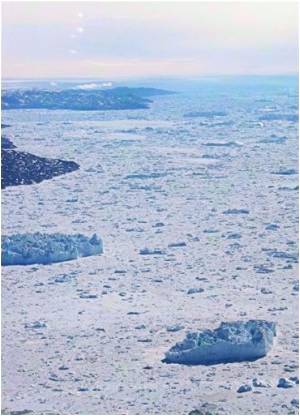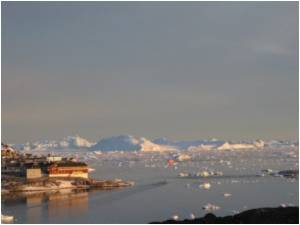
Ice melt from the subcontinent has already accelerated as warmer marine currents have migrated north, but older models predicted that once higher ground was reached in a few years, the ocean-induced melting would halt. Greenland's frozen mass would stop shrinking, and its effect on higher sea waters would be curtailed.
Lead author Mathieu Morlighem, a UCI associate project scientist said that the glaciers of Greenland are likely to retreat faster and farther inland than anticipated - and for much longer - according to this very different topography we've discovered beneath the ice.
He said this has major implications, because the glacier melt will contribute much more to rising seas around the globe.
To obtain the results, Morlighem developed a breakthrough method that for the first time offers a comprehensive view of Greenland's entire periphery. It's nearly impossible to accurately survey at ground level the subcontinent's rugged, rocky subsurface, which descends as much as 3 miles beneath the thick ice cap.
To reveal the full subterranean landscape, he designed a novel "mass conservation algorithm" that combined the previous ice thickness measurements with information on the velocity and direction of its movement and estimates of snowfall and surface melt.
Advertisement
The study has been published in the journal Nature Geoscience.
Advertisement








